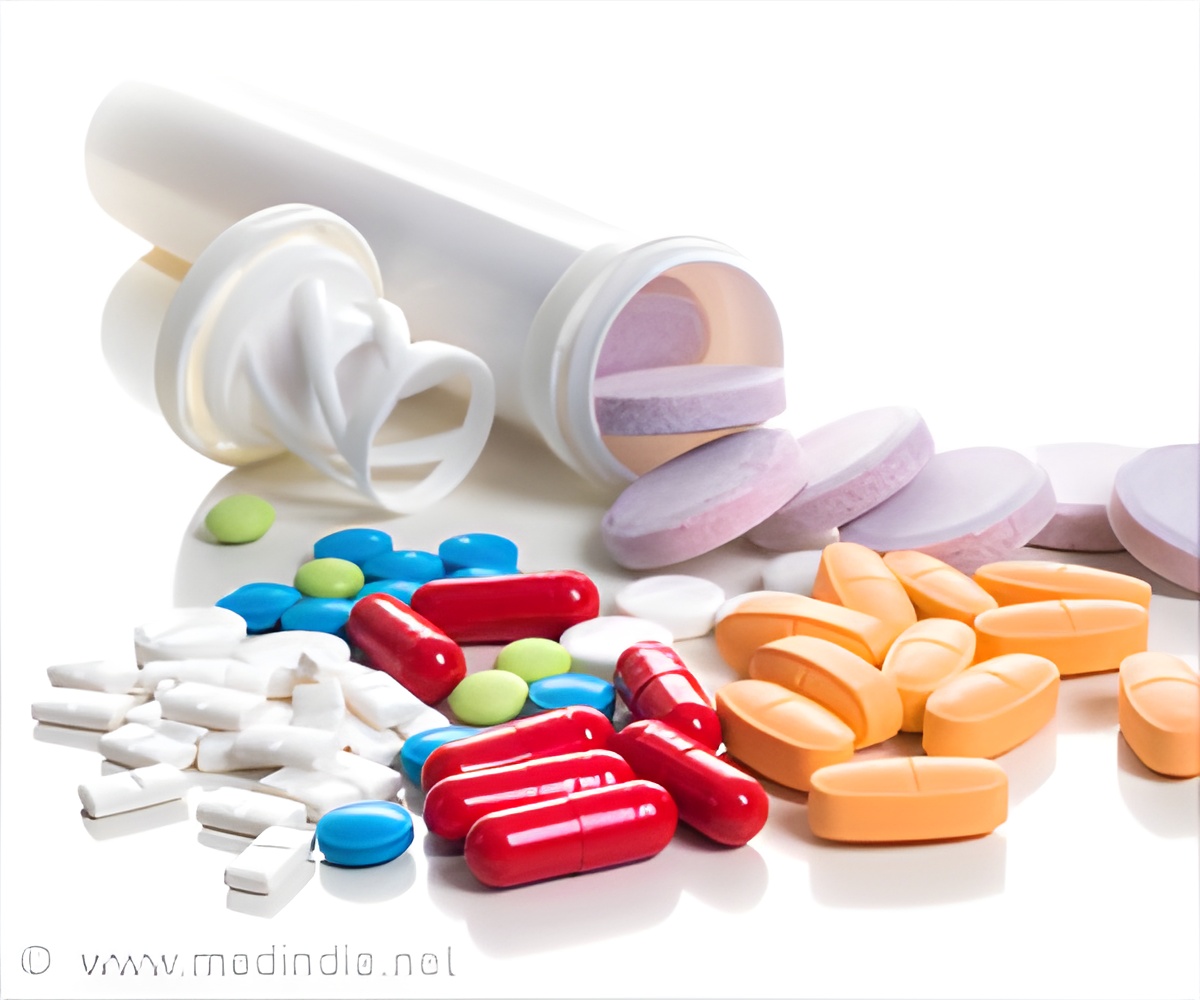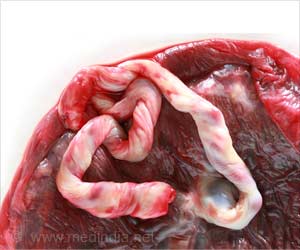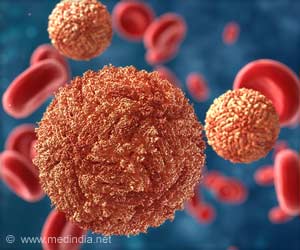Active agents or drugs can be transported selectively to the site of action, by linking the drug with an antibody that can differentiate cancer cells from healthy tissue.

‘New technology enables phosphonamidate-linked drug transporters to be administered in lower doses with minimal side effects due to selectivity to the tissue. The technology holds promise to replace current methods to develop more effective and safer ADCs.’
Read More..




With more modern approaches, it is now possible to transport active agents (drugs) in the body selectively to the site of action, for example by linking a drug with an antibody that can differentiate cancer cells from healthy tissue through changes on the surface of the cell. Five such Antibody Drug Conjugates (ADCs) are already on the market. Read More..
However, these ADCs lose a large part of their "toxic cargo" en route to the cancer cell. The substances (drugs) are released into the bloodstream and dangerous side effects can occur. A stable link between drug and antibody would therefore be highly desirable.
This is precisely what the researchers - a team led by Professor Christian Hackenberger from the FMP and Professor Heinrich Leonhardt from the LMU Biocenter - focused on. Their results have been published in the prestigious journal Angewandte Chemie: In two consecutive articles, the development of methods and the application of these methods to selective drug transport are presented.
The new drug transporters enable lower doses and less severe side effects
"We have developed an innovative technology that makes it possible to link native proteins and antibodies to complex molecules, such as fluorescent dyes or drugs more easily and with better stability than ever before," reports Marc-André Kasper, a researcher in Christian Hackenberger's group. The researchers discovered the outstanding properties of unsaturated phosphorus (V) compounds and took advantage of those. These phosphonamidates connect a desired modification - for example, a cancer-fighting agent - exclusively to the amino acid cysteine, in a protein or antibody. Since cysteine is a very rare natural occurring amino acid, the number of modifications per protein can be controlled quite effectively, which is essential for the construction of drug conjugates. In addition, phosphonamidates can easily be incorporated into complex chemical compounds. "The greatest achievement of the new method, however, is that the resulting bond is also stable during blood circulation," says Marc-André Kasper. The ADCs that are on the market cannot achieve this.
Advertisement
When applied to blood serum, the researchers observed that their modified ADC lost significantly less active ingredient over a period of days. They also used the new technology in experiments with mice to combat Hodgkin's lymphoma. The preparation proved to be more effective than the conventional medication.
Advertisement
In the next step, the research groups will continue their efforts in the development of ADCs based on phosphonamidates. Preclinical studies, which are essential for the treatment of patients, are already underway. In this regard, the promising start-up company Tubulis, which was awarded the Leibniz Start-Up Prize last year, functions as a platform for the further development to market maturity.
Source-Eurekalert












